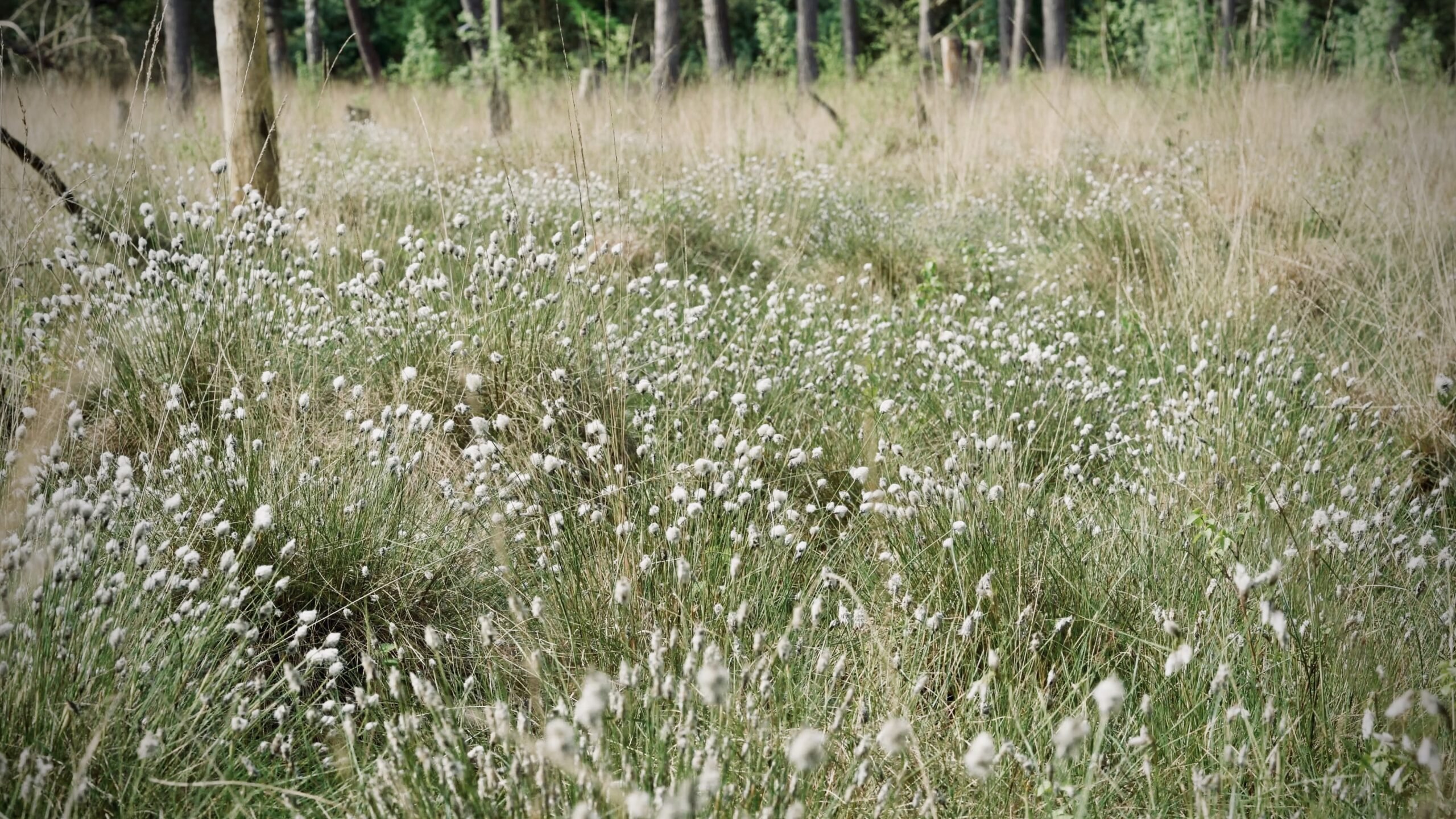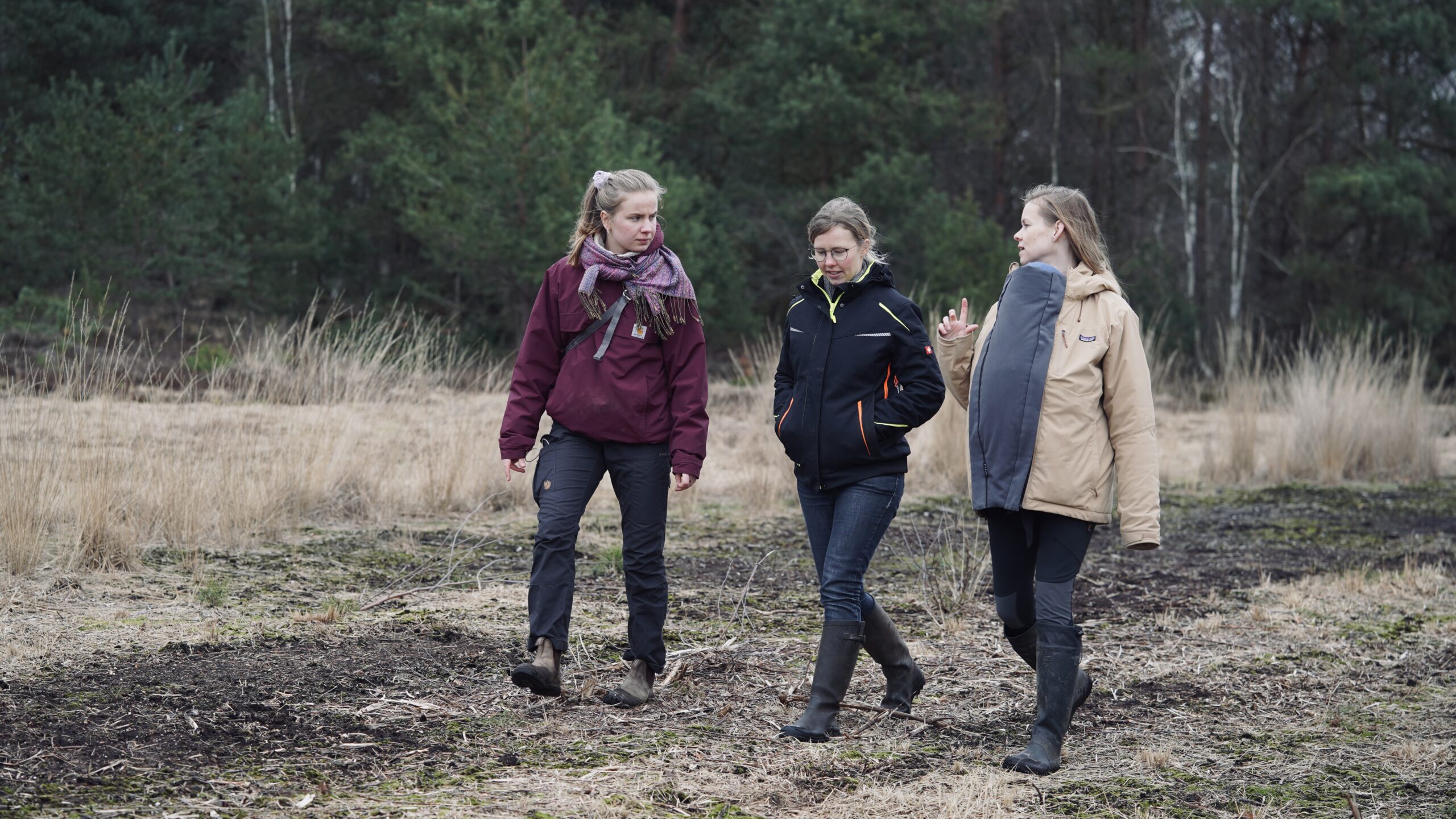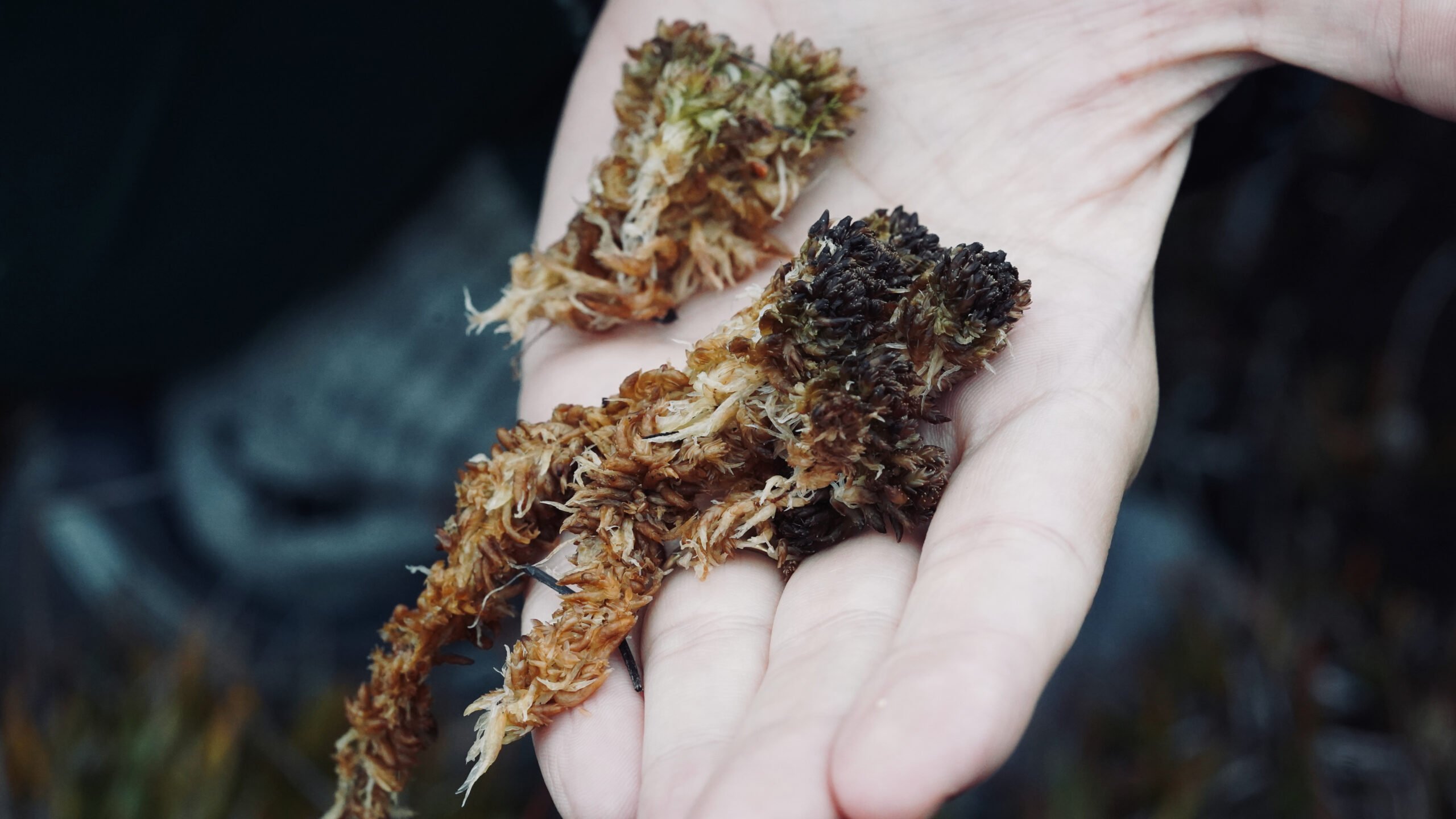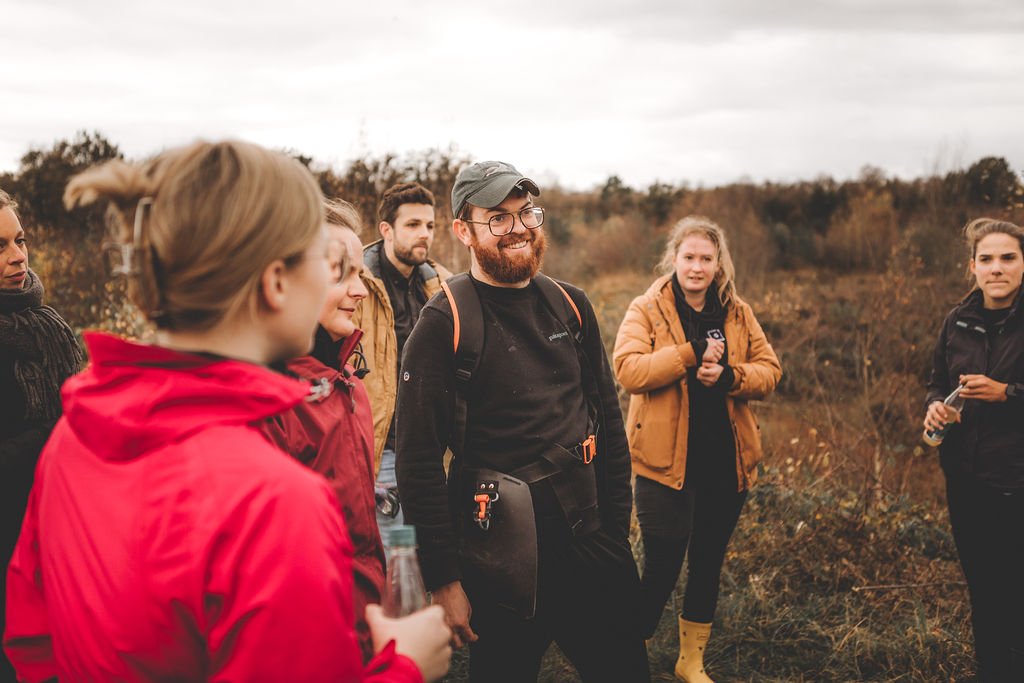Once a year, the peatlands are being wrapped in absorbent cotton: The breathtaking natural spectacle attracts numerous visitors to the wetland when the fluffy cotton grasses stretch their delicate heads upwards, resembling a sea of thousands of billowing cotton balls. This impressive spectacle can only be experienced for a short period from April to June.

The filigree white tufts are actually the fruiting stems of the cotton grass and only form after the actual flowering. Due to its early flowering time, cotton grass is particularly popular with bees, butterflies and cicadas as a source of food.
Cottongrasses, also known as wild cotton, bedfeathers, rush cotton, bog silk or meadow wool (in the past they were used to stuff beds and pillows), are pioneer plants and important representatives of the peatland, as they contribute significantly to the formation of raised bogs as peat formers. If you want to experience this natural wonder for yourself, get your rubber boots ready for the weekend and plan a trip to the moor.

Whether in the Diepholzer Moorniederung, in the Pietzmoor near Schneverdingen or in the Tister Bauernmoor near Hamburg, where we were out and about last weekend and took these photos. The cotton grass blossom can be admired particularly well here.
As you can see, wetlands can be so much more than mystical. Off to the moor, because it doesn’t get any prettier, we promise!






